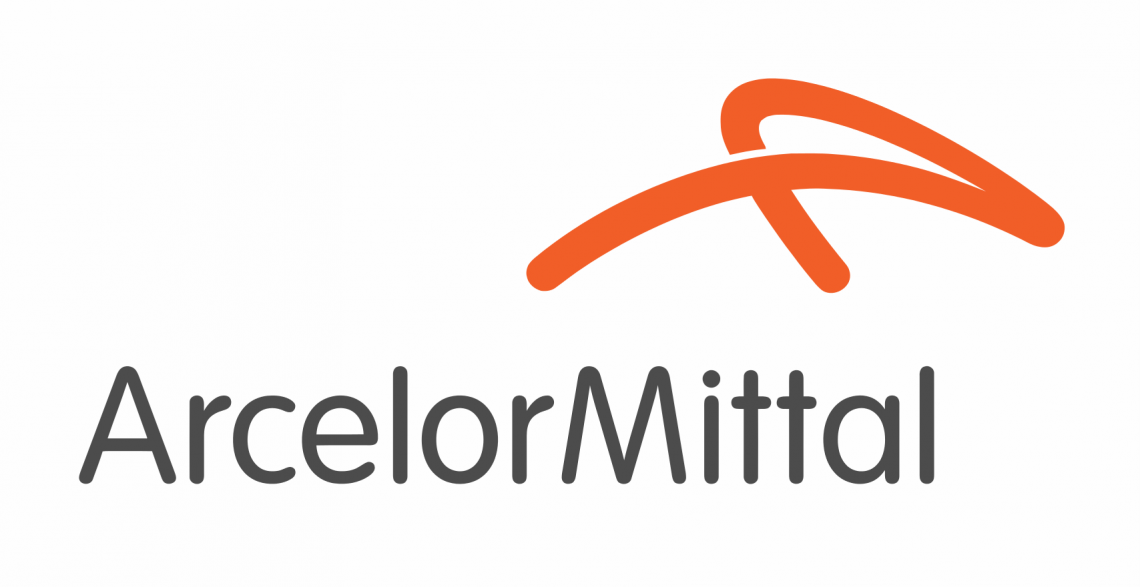Amalgamation
A combination of two or more companies into a new entity
What Is an Amalgamation?
Business amalgamation is a specific form of a merger. It is the combination of two or more companies into a new entity. The newly formed entity will then house all the assets and liabilities of both companies post-merger.
While this term has fallen out of use in the US, as it has been replaced by a merger, it is still highly used in countries like India.
This will occur when two businesses operate in the same industry or sector. This simplifies the merger procedure because their activities should be comparable. Companies tend to merge to diversify their assets or extend their activities in new sectors.
Typically, the weaker firm, known as a 'transferor,' will be absorbed by the stronger corporation, resulting in the formation of a wholly new organization. This improves their business by giving them access to a larger consumer base and additional resources due to the rise in assets.
Pros and Cons of Business Amalgamation
It is a method of acquiring additional resources, such as cash and assets, and eliminating competitors owing to a larger market share.
Benefits such as tax reductions, economies of scale, and increasing organizational capabilities are the primary reasons.
As a result, shareholder value may also increase through the reduced risk of diversification, improved managerial incentives, increased company growth, and financial gain.
However, it is fraught with controversy since it has the potential to create a monopoly in the market if rivals are rapidly eliminated.
This will create consequences such as severe government monitoring, breaking up of assets, imposing anti-trust laws, and regulating prices.
Similarly, this will force many workers to be redundant as there may be a duplicate of jobs after the amalgamation. This will have a detrimental effect on the labor market and, as a result, the economy.
Because the liabilities of both firms will be placed under the new organization, merging both companies would result in bigger debt.
This table summarizes the pros and cons:
| Pros | Cons |
|---|---|
| Acquire cash resources | Elimination of healthy competition |
| Eliminate competition | Reductions in the labor market |
| Tax savings | Additional debt to pay |
| Economies of scale from operations | Creation of a monopoly in the market |
| Maximizing shareholder's wealth | Goodwill lost |
| Diversification | Identity and culture lost |
| Managerial effectiveness | |
| Achieving financial growth |
Types of business amalgamation
There are two types: the merger and purchase methods. In both methods, one of the entities will be incorporated into a new legal identity and liquidated due to this process.
1. Merger method:
The two firms combine shareholder interests and assets and liabilities using the merger amalgamation process.
Accounting modifications to book values are not required, and the company's operations can continue once the merger is completed.
The shareholders' stock is retained but transferred to the new firm.
2. Purchase method:
The prerequisites for a merger are not satisfied when using the purchase method.
When one business buys another, the shareholders of the acquired firm do not retain proportionate stock in the newly created company.
The purchased company's operations do not continue as they would under the merger process.
If the acquisition price exceeds the net asset value, the difference should be recognized as goodwill on the financial accounts.
Capital reserves should be documented if the acquisition price is less than the net asset value.
the procedure of business amalgamation
The terms of the amalgamation will be determined by the boards of directors of each firm. After that, the plan will be presented and approved.
When the new entity is formed, shares will be issued to the acquiring company's shareholders. The purchased firm will then be liquidated, with all assets and liabilities transferred.
The voluntary procedure is divided into two types: short-form and long-form.
When the merger occurs inside the same firm, such as a parent company and a subsidiary, short forms are utilized. This is usually done when a holding company wishes to restructure or reorganize itself. Because it is part of the same business group, there should be no minority interest in this case.
The short-form process will include:
-
Conducting a general meeting to gain shareholders' approval.
-
Once approved, a notice should be given to creditors not less than 21 days before the meeting.
-
Before the general meeting, each board of directors will make statements of its solvency in compliance with statutory requirements.
-
Passing a special proposal that will outline the terms and conditions of the amalgamation at the general meeting
-
Depositing the required documents and other compliance items with the Accounting and Corporate Regulatory Authority (ACRA) and paying the charge.
Any firm that wants to merge its activities with another company to establish a new entity can use the long form. The long form is meant to defend the interests of minorities. Therefore, extra protection is included in the method.
The long-form process will usually comprise the same elements as the short-form process, with the addition of a proposal outlining the best interests of the targeted firm.
The proposals should also be easily accessible to the general public, such as creditors or government entities, for review.
It should be noted that every country will have a different process.
In India, for example, once the proposal is presented, the High Court and the Securities and Exchange Board (SEIB) must authorize the shareholders of the new business.
The SEIB has a responsibility to safeguard investors' interests in the form of securities to facilitate the growth of the securities market.
However, critics contend that the SEIB lacks transparency and is immune from public accountability, making it an unsuitable regulator for the securities market.
Parties involved in the amalgamation process
This often necessitates the involvement of investment bankers, attorneys, accountants, and executives from the joining firms.
Typically, bankers would do thorough financial modeling and appraisal to analyze possible transactions and advise particular firms on the best options to take.
M&A bankers drive strategy via structural transformation, as opposed to management consultants, who assist organizations in discovering and implementing the optimal strategy without necessarily altering the company's component pieces.
Investment banks that have dominated the M&A transaction arena include:
The unusually high M&A activity is accredited to several factors.
For starters, authorities and central banks have provided market assistance. The Federal Reserve's continued lax monetary policy keeps benchmark interest rates around zero and provides firms with ultra-low borrowing costs.
Subsequently, the attorneys will consult with bankers and business clients to evaluate which of the foregoing legal structures is best.
Attorneys are generally responsible for advising, mediating, and negotiating mergers.
1. Advising:
From the beginning, attorneys need to research the interested parties of the target company. This will include a thorough due diligence process that looks at a company’s financials to identify assets and liabilities.
2. Mediating:
Once a target company has been chosen, attorneys have the responsibility of ensuring that all relevant stakeholders and executives are communicating effectively and completing their tasks in a timely way.
3. Negotiating:
Negotiations will take place throughout the merger process to help all parties achieve an agreement. Terms, deadlines, goals, and other aspects can be included.
There are also several laws governing the amalgamation and merger process, such as
-
Competition Act, 2002
-
Foreign Exchange Management Act, 1999
-
Companies Act, 2003
-
Income Tax Act, 1961
-
Insolvency and Bankruptcy Code, 2016
Amalgamation Vs. Mergers
All types of amalgamations are normally a part of a merger but not the other way around. A merger is when a new or existing entity absorbs the targeted company.
The process is to consolidate all business entities into one single entity.
Because firms often do not want to join forces with their competitors, it is often necessary for an outsider to put together an amalgamation. On the other hand, the surviving firm is often the one to take the lead in a merger and frequently does not require an outside promoter.
When a firm merges, its culture, and identity are lost and taken over by the absorbing corporation. In comparison, this is a process of combining numerous firms into a single entity that uses parts of each company's identity to create something new.
All shareholders in an amalgamation become shareholders in the new organization. A merger allows the absorbing company's shareholders to keep their shares.
However, the shareholders of the absorbed corporation will also have a stake in the new company.
In terms of accounting, an amalgamated business will have both assets and liabilities moved onto a new balance sheet of the new firm, whereas a merger will have both assets and liabilities consolidated into the absorbing company.
Business Amalagamation Examples
Warner Bros Discover Inc.

In 2021, WarnerMedia and Discovery Inc. proposed an amalgamation to create Warner Bros Discovery Inc, which will be traded on the NASDAQ under "WBD."
The transaction was completed in 2022 for $40.4 billion in cash. AT&T stockholders got 0.241917 shares of WBD for each share of AT&T retained, for a total of 1.7 billion shares of WBD, or 71% of the total.
Discovery Channel, Warner Bros. Entertainment, CNN, HBO, Cartoon Network; streaming services Discovery+ and HBO Max; and brands such as "Batman" and "Harry Potter" will be part of the Warner Bros. Discovery portfolio.
WarnerMedia, which AT&T owns, intends to focus more on wireless goals with Discovery Inc. in order to expand its content collection and resources. The described program involves investments in 5G and fiber areas.
The reason for this was largely driven by the need for diversification of WarnerMedia's current business portfolio.
Along with Disney and Netflix, the newly established juggernaut will become one of the most influential players in the media sector. Warner Bros Discovery Inc.'s market value is projected to be between $40 billion and $65 billion.
Despite Discovery Inc being the minority with 29% of shares, it still retains control and influence over its operational management of WBD.
ArcelorMittal

Mittal Steel Company NV and Arcelor struck an agreement in 2006 to unite the two firms to form one of the world's largest steel producers.
The parameters of the acquisition, which has been accomplished through a tender offer by Mittal Steel for Arcelor shares, have been examined by the Arcelor board, which recommends the transaction to Arcelor shareholders.
ArcelorMittal will be the name of the united group, which will be headquartered and incorporated in Luxembourg.
Arcelor shareholders will get 13 Mittal Steel shares and 150.60 euros in cash in exchange for 12 Arcelor shares under the amended offer.
Mittal Steel is also proposing to buy 12 Arcelor Convertible Bonds in a combined offer of 13 Mittal Steel shares and 188.42 euros in cash.
The merger is viewed as a natural partnership that will be used for transformative change in order to become a leading player in the sector, with the goal of employing more sustainable ways of operation.
The merger is viewed as beneficial to both firms since it will generate enormous wealth for both shareholders.
Researched and authored by Freida Lee | LinkedIn
Free Resources
To continue learning and advancing your career, check out these additional helpful WSO resources:











or Want to Sign up with your social account?